1998 Rado Open – Doubles
The 1998 Rado Open was a men's tennis tournament played on Clay in Gstaad, Switzerland that was part of the International Series of the 1998 ATP Tour. It was the thirty-first edition of the tournament and was held from 6 July – 12 July 1998.
| Doubles | |
|---|---|
| 1998 Rado Open | |
| Champions | |
| Runners-up | |
| Final score | 6–4, 7–5 |
Seeds
Champion seeds are indicated in bold text while text in italics indicates the round in which those seeds were eliminated.
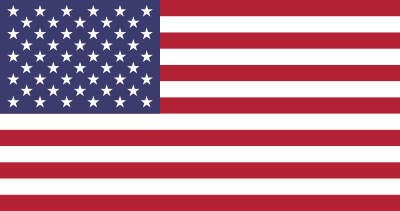

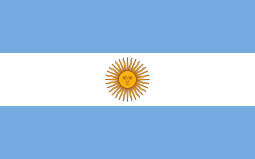
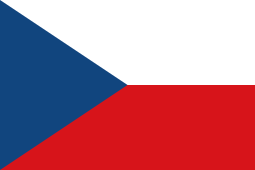
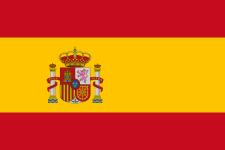


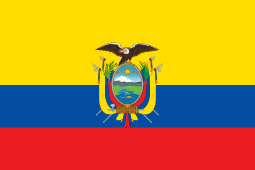
Draw
Key
- Q = Qualifier
- WC = Wild Card
- LL = Lucky Loser
- Alt = Alternate
- SE = Special Exempt
- PR = Protected Ranking
- ITF = ITF entry
- JE = Junior Exempt
- w/o = Walkover
- r = Retired
- d = Defaulted
Finals
| First Round | Quarterfinals | Semifinals | Final[1] | ||||||||||||||||||||||||
| 2 | 6 | 7 | |||||||||||||||||||||||||
| 1 | 6 | 2 | 6 | 7 | 7 | ||||||||||||||||||||||
| 6 | 6 | 6 | 6 | ||||||||||||||||||||||||
| 2 | 4 | 6 | 5 | 7 | |||||||||||||||||||||||
| 4 | 6 | 6 | 2 | 7 | 6 | ||||||||||||||||||||||
| 2 | 2 | 4 | 6 | 6 | 5 | ||||||||||||||||||||||
| 7 | 7 | 3 | 7 | 7 | |||||||||||||||||||||||
| 6 | 6 | 6 | 7 | ||||||||||||||||||||||||
| 6 | 6 | 2 | 4 | 5 | |||||||||||||||||||||||
| 3 | 2 | 6r | |||||||||||||||||||||||||
| 3 | 6 | 2 | 7 | 3 | 7 | ||||||||||||||||||||||
| 3 | 6 | 6 | 3 | 6 | 7 | 6 | |||||||||||||||||||||
| 6 | 6 | 6 | 2 | 7 | 6 | 7 | |||||||||||||||||||||
| 7 | 4 | 2 | 3 | 2 | |||||||||||||||||||||||
| 2 | 7 | 3 | 6 | 2 | 6 | 6 | |||||||||||||||||||||
| 6 | 6 | 1 | |||||||||||||||||||||||||
gollark: Yes, inasmuch as far as I know you need various more advanced calculus things to do much of that, as well as large quantities of other maths you don't appear to know.
gollark: One basic use is that you can calculate the rate of change of things, because that's basically what the derivative is. For example, velocity is rate of change of displacement, so you can go from displacement to velocity (to acceleration, which is rate of change of velocity, and so on), or integrate to go the other way.
gollark: Having vaguely looked at how they work, I don't think you can do that unless you know the frequency of sound in question.
gollark: Have you tried expanding the brackets?
gollark: Roughly.
References
- "1998 Swiss Open". International Tennis Federation. Retrieved 29 December 2014.
This article is issued from Wikipedia. The text is licensed under Creative Commons - Attribution - Sharealike. Additional terms may apply for the media files.